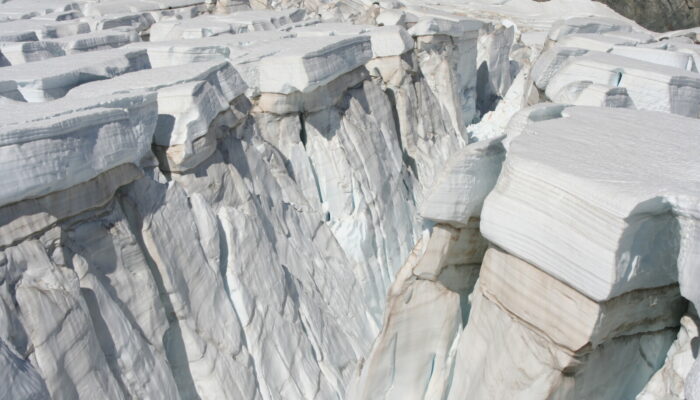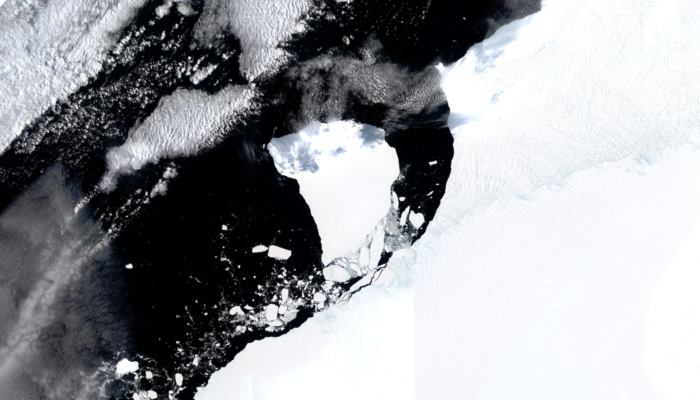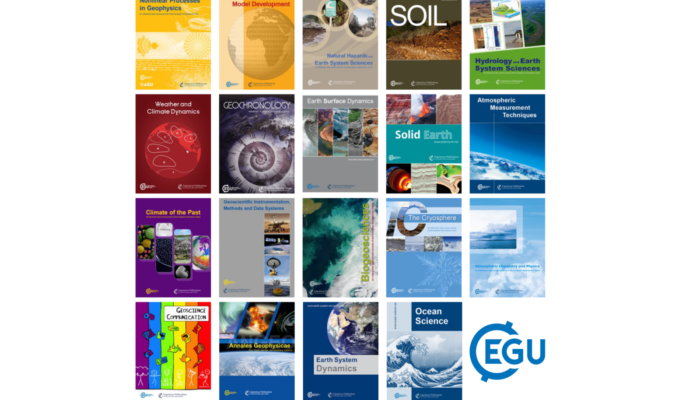Each month we feature specific Divisions of EGU and during the monthly GeoRoundup we put the journals that publish science from those Divisions at the top of the Highlights roundup. For August, the Divisions we are featuring are: Cryospheric Sciences (CR), Energy, Resources and the Environment (ERE) and Atmospheric Sciences (AS). They are served by the journals: Annales Geophysicae (ANGEO), Atmosp ...[Read More]
Imaggeo On Monday: Layers of dust and snow

This image shows layers of dust and snow at the surface of Fox Glacier, Southern Alps, New Zealand. The glacier surface in the upper part of Fox Glacier’s ice fall is heavily crevassed and intersected into seracs. Individual layers of fresh and old snow are visible, some with visible thin dust layers at their surface. The more reddish dust layers in the lower part of the image had been gener ...[Read More]
What is an Impact Factor and why does it matter to me?
You have put in the hours, collected the data and written a great paper, but before you take your next steps you need to choose a journal in which to publish your work and there are a lot of factors in play. One of those, often discussed, is the Impact Factor, a number that each journal can use to demonstrate its ‘value’. Often a paper, once published, can be partly assessed by some people, based ...[Read More]
Imaggeo On Monday: Iceberg A-81, Brunt Ice Shelf, Antarctica

Information from a British Antarctic Survey Press Release. A huge iceberg (1550 km²), almost the size of Greater London, has broken off the 150m thick Brunt Ice Shelf. It calved after cracks that have been developing naturally over the last few years extended across the entire ice shelf, causing the new iceberg to break free. This occurred on Sunday 22 January between 19.00 and 20.00 UTC during a ...[Read More]


